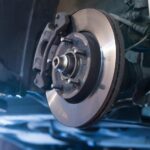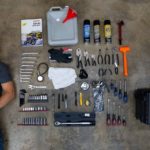The brake system requires a lot of pressure to work properly. Any time you press the brake pedal, you’re forcing two brake pads against a set of metal stoppers, also known as brakes, which bring your car to a stop. Over time, this constant engagement can wear down the brake system component parts such as the brake booster and brake cylinder. When the components start to fail, you’ll feel like your vehicle is pulling to one side when braking or that the brake pedal feels soft and doesn’t push back to the stop.
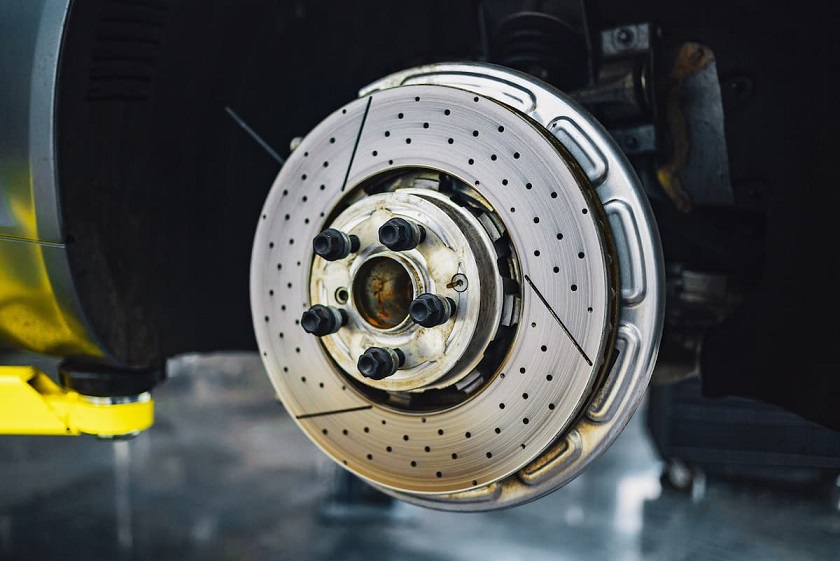
You can prolong the life of your brake system by performing routine maintenance such as regularly inspecting the brake fluid and replacing the pads when they reach their minimum recommended thickness. You should also have a mechanic perform checks every time your oil changes or go through an inspection at a shop that offers a free inspection. If your mechanic finds any problems with your brakes, they’ll be able to fix them before they become major issues that require extensive repairs.
Brake System Component Failure Symptoms
A few common symptoms of brake system failure include:
Grinding or squealing noise. This noise is often caused by bad wheel rotors or warped brake discs. The solution is to replace the wheel rotors and/or brake discs.
Pulling to one side when braking. This can be caused by a faulty front-to-rear brake bias adjustment or by worn-out pads in one particular wheel location. If you regularly experience this issue, have your mechanic inspect the front and rear brakes so they’re properly aligned and installed with new pads if necessary.
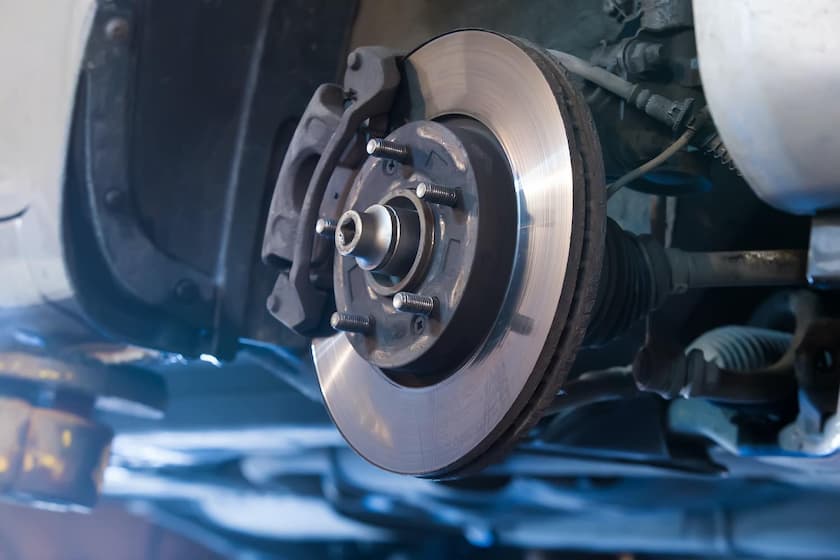
When your brakes start to fail, the soft feeling of the pedal is usually caused by a failing brake cylinder or leaks in the system. You’ll need to have these issues repaired as soon as possible because they can create problems with stopping power, which can be dangerous for other drivers on the road and cause damage to your car if it continues for too long. Failure to stop – One of the most common signs that something is wrong with your brake system is when you find yourself pressing harder and harder on the pedal and still not coming to a complete stop. This could mean that one or more of the components are failing and need immediate repairs.
Checking your brake fluid regularly can help you prevent many issues, including leaks. If you notice that there’s a large amount of fluid on the ground underneath your car or if it looks like someone spilled a drink while parking in your spot, this could be an indicator that the thermostat is bad and needs to be repaired or replaced.
Burning smell – Sometimes, a burning smell coming from the brakes can indicate a problem with the pneumatic system or with the brake booster itself. You should have this checked out as soon as possible because not only does it affect your stopping power, but it can also indicate that there’s a fire in the system and cause damage to other parts of your vehicle.
Brake Fluid Checking Guidelines
Under no circumstances should you allow your vehicle to sit for more than two days without being driven. This will prevent moisture from seeping into the brake system components, which can create rust and lint buildup that can damage your vehicle. If you cannot drive your car for this long, it’s best to get it parked in a garage or parking lot where it will be exposed to the air so that moisture can evaporate from the system.
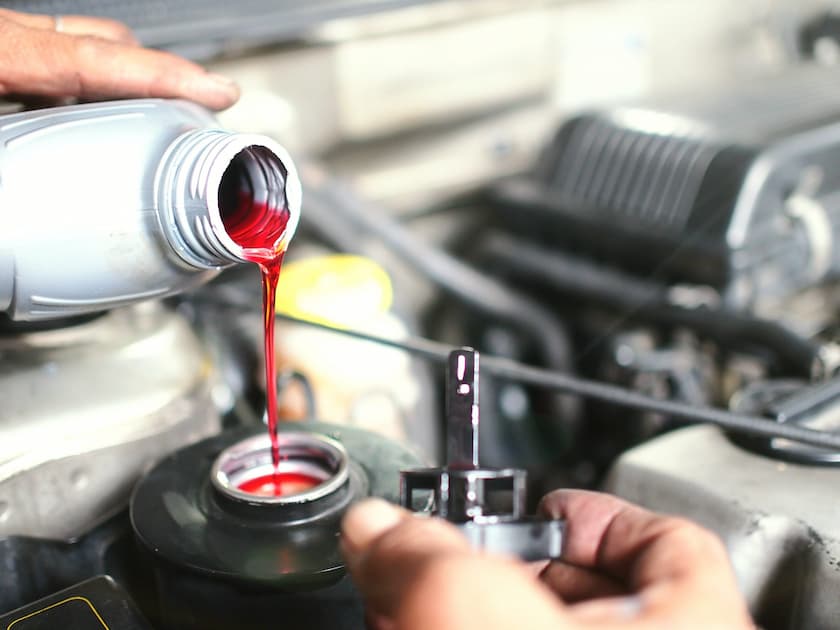
To check your brake fluid level, follow these steps:
Park the car on a flat surface and apply the parking brake. Make sure that there are no objects near any of the wheels that could get caught as they move. Open the hood of your car and locate the master cylinder. It’s usually near where the brake booster is located and has a cap covering it. Remove the cap from the master cylinder and pour out as much fluid as possible without losing sight of how full it is. Fill up the master cylinder with fresh brake fluid until it reaches just under the “F” mark on the side of the unit, then replace the cap. Start the engine and step on the brakes. Hold onto the steering wheel to keep it from moving while you do this. If there is any resistance, then the brakes need to be adjusted or replaced.
If your brake fluid level looks low and you don’t think that you’ve used them much since the last time you checked, add a little bit of fresh fluid into them so that they’re full before driving again. If you notice that there’s an excessive amount of bubbles in the master cylinder when you check it out, you should have the system flushed out as soon as possible.

